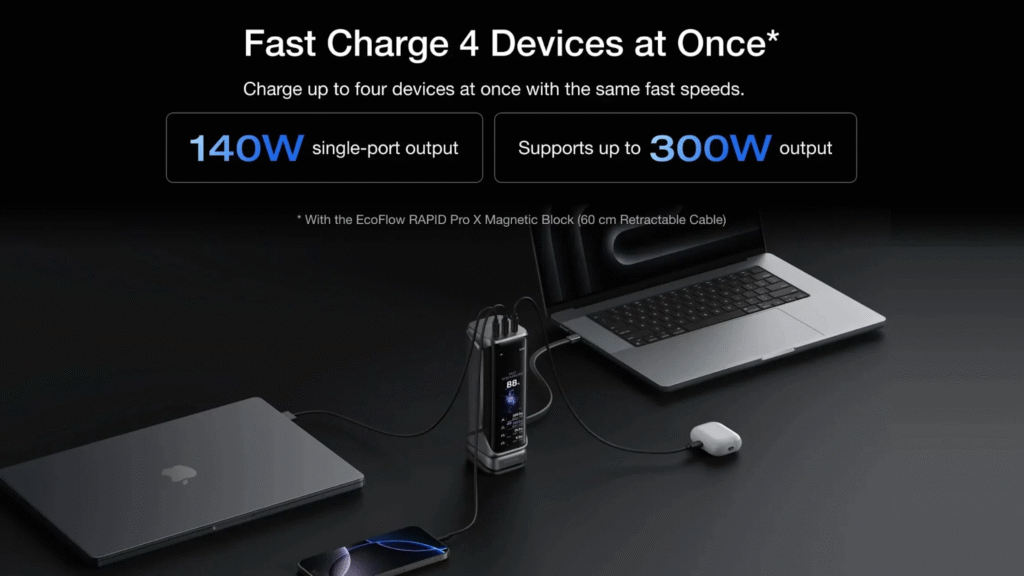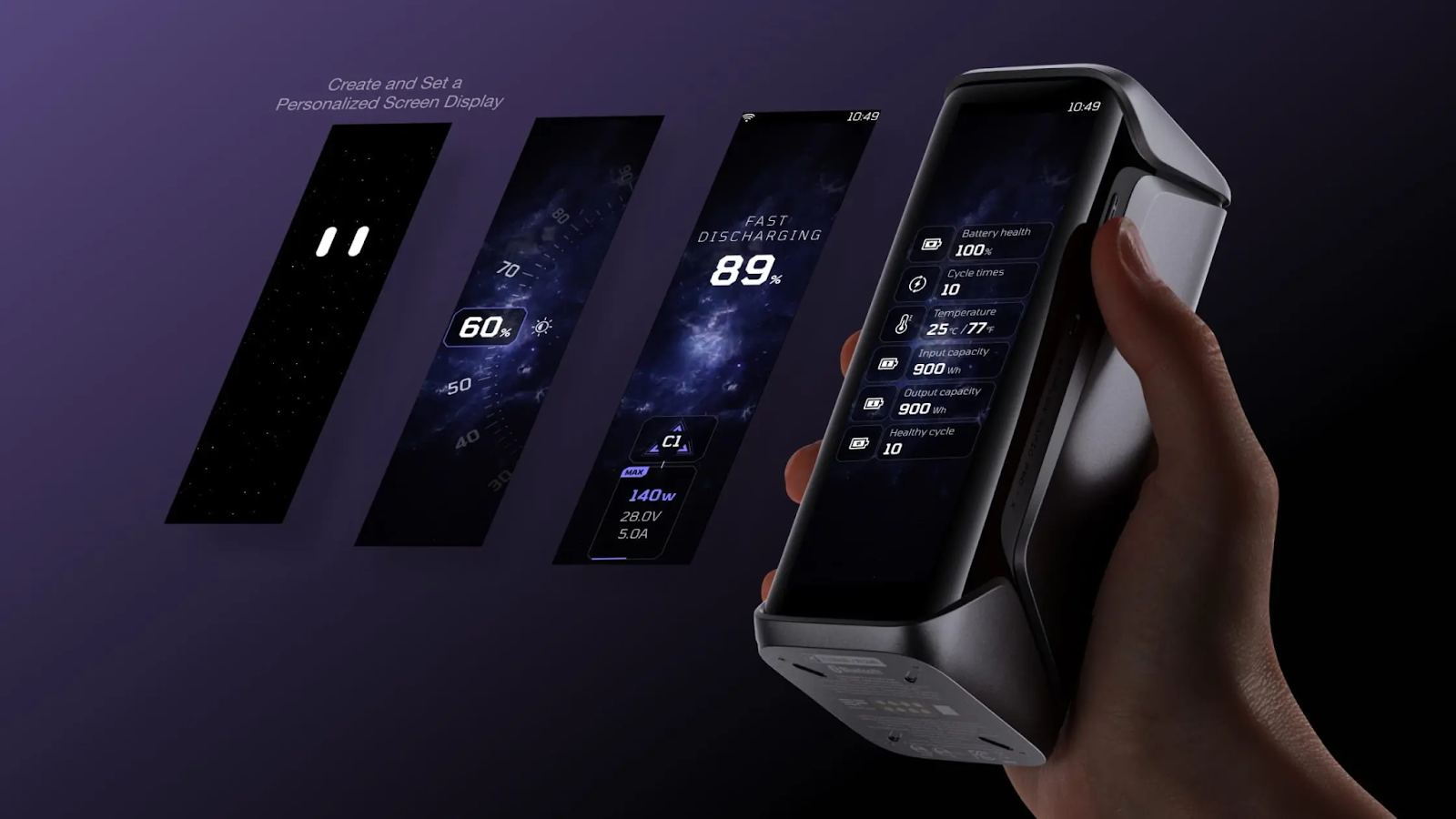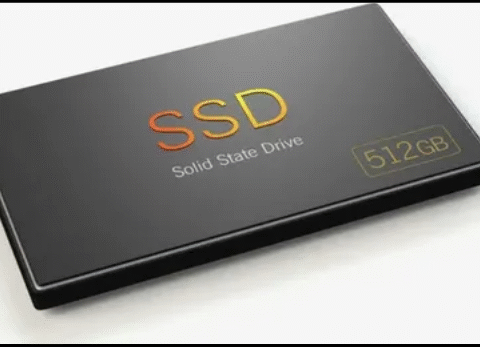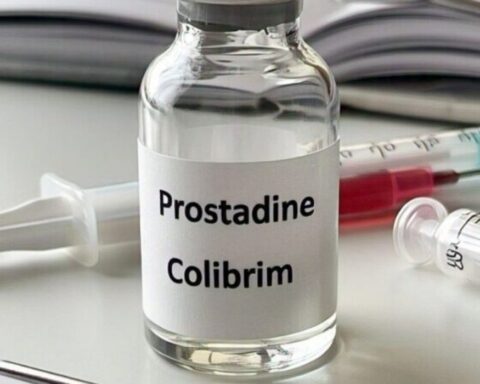Power banks are more powerful than ever — capable of charging laptops, cameras, and multiple devices at once. But behind every reliable power bank is one crucial factor: safety certification. Terms like UL, CE, and FCC are not just random symbols on the box — they’re proof that your power bank has passed rigorous safety tests.
In this guide, we’ll break down what these certifications mean, how they differ, and why they matter for every traveler and tech user.
1. Why Safety Certifications Matter
Modern power banks store an incredible amount of energy in a compact form. A typical high-capacity model — such as a 300 W, 99 Wh travel power bank — contains enough power to charge a laptop twice or run a camera setup for hours. This density, however, also means risk.
Without proper safety standards, a poorly designed power bank can overheat, short-circuit, or even catch fire. Safety certifications serve as guarantees that a product’s design, materials, and electrical components meet international safety and performance requirements.
Certified power banks have been tested for:
- Battery quality (preventing overcharging, over-discharge, and thermal runaway)
- Circuit protection (safeguards against short circuits and overloads)
- Temperature control (to handle extreme heat or cold)
- Durability (impact and vibration resistance for travel use)
When you see UL, CE, or FCC printed on a power bank, it’s a sign that the manufacturer invested in safety testing, not just capacity.
2. What UL Certification Really Means
UL (Underwriters Laboratories) is one of the most trusted safety organizations in the world, especially in North America. A UL-certified power bank means it has been tested according to strict U.S. electrical safety standards.
Key focus of UL testing:
- Battery integrity: Each lithium-ion cell is examined for explosion resistance and leakage.
- Overcharge & discharge protection: Ensures voltage and current remain stable even under high load.
- Fire resistance: The casing materials are tested to resist ignition and spread.
- Temperature control: Internal sensors must prevent overheating during fast charging.
UL certification is particularly valuable for travelers using high-output power banks, like those with 100 W or 300 W USB-C ports. These devices push large amounts of current, so verified UL compliance ensures both device and user safety.
Common UL standards for power banks:
- UL 2056: Specific to portable power packs; covers charging circuits, insulation, and thermal performance.
- UL 1642: Focuses on lithium battery safety within the power bank.
In short: UL is about fire, electrical, and battery safety. If your power bank carries a genuine UL mark, it has passed the highest level of testing for safe daily and travel use.
3. What CE Certification Covers
The CE mark is required for all electronics sold within the European Economic Area (EEA). Unlike UL, CE is not a specific laboratory test but rather a compliance declaration that the product meets all relevant EU directives for safety, health, and environmental protection.
For power banks, CE certification verifies:
- Electrical safety and insulation quality
- Battery stability and protection circuit performance
- Electromagnetic compatibility (EMC) — it won’t interfere with other electronic devices
- Environmental compliance — reduced hazardous substances, proper recycling labeling
To obtain CE certification, a manufacturer must perform internal quality assessments and lab testing based on EU standards such as EN 60950-1 or EN 62133 (for battery safety).
CE also ensures airport and airline compliance. Many airlines in Europe only allow power banks under 100 Wh that carry CE and UN 38.3 transportation certifications — exactly the case for travel-friendly models like a 99.54 Wh, 300 W power bank.
In short: CE means the power bank meets European standards for consumer safety and environmental protection.
4. What FCC Certification Ensures
While UL checks for fire and electrical hazards and CE ensures compliance with EU health and safety laws, the FCC (Federal Communications Commission) focuses on radio-frequency emissions.
Every electronic device with digital circuits — including power banks with smart displays, wireless charging, or Bluetooth control — emits electromagnetic waves. FCC certification ensures that these emissions stay within safe limits and do not interfere with nearby devices like smartphones, radios, or aircraft communications.
FCC testing includes:
- Electromagnetic interference (EMI): Ensures the power bank doesn’t disrupt Wi-Fi or mobile signals.
- Radiation safety: Tests that emissions stay below the permissible exposure threshold.
- Shielding performance: Confirms proper grounding and circuit shielding to contain noise.
For example, modern premium power banks often feature real-time LCD displays or app connectivity for monitoring power output and temperature. FCC certification ensures these smart features operate safely and within U.S. radio frequency limits.
In short: FCC compliance guarantees that your power bank is electronically safe to use near other devices — crucial for travelers in airports, airplanes, or crowded digital environments.
5. How to Identify Genuine Certifications
Unfortunately, counterfeit certification marks exist. Many cheap or unbranded power banks display fake UL or CE symbols. To avoid being misled:
- Check the official database:
- For UL: visit ul.com/database and search the manufacturer’s name or UL file number.
- For FCC: look for an FCC ID printed on the product, then verify it on fccid.io.
- For CE: request the Declaration of Conformity (DoC) from the seller.
- For UL: visit ul.com/database and search the manufacturer’s name or UL file number.
- Look at the quality of labeling: Genuine marks are printed clearly with consistent spacing. Fakes are often blurry or incorrectly formatted.
- Buy from reputable brands: Established manufacturers like EcoFlow, Anker, or Zendure undergo full certification processes and publish official documentation online.
- Inspect packaging and manuals: Certified power banks typically include clear safety warnings, recycling information, and warranty details — not just generic text.
6. Additional Certifications You Might See
Beyond UL, CE, and FCC, you may notice other marks on quality power banks:
- UN 38.3: Required for all lithium batteries transported by air. It confirms the battery passed vibration, shock, altitude, and temperature stress tests.
- RoHS (Restriction of Hazardous Substances): Ensures the product is free from toxic materials like lead or mercury.
- PSE (Japan), KC (Korea), and BIS (India): Country-specific safety marks for local compliance.
If your power bank carries multiple certifications (UL + CE + FCC + UN 38.3), it’s a strong sign of global safety approval.

7. Why Certified Power Banks Are Worth the Investment
Certified power banks may cost slightly more, but the benefits far outweigh the difference:
- Reliability: They maintain consistent voltage output, protecting your phone or laptop from damage.
- Longevity: Quality cells and components degrade slower and resist swelling.
- Travel convenience: Airlines and customs officials readily approve recognized certifications.
- Peace of mind: You can confidently leave your power bank charging overnight or use it in a tent, vehicle, or airplane cabin.
A travel-grade power bank that is UL-listed, CE-marked, and FCC-certified delivers not just convenience but also genuine safety — especially when supporting high-wattage fast charging (like 140 W or 300 W USB-C output).
8. Practical Tips for Safe Use
Even with certified devices, responsible usage is key:
- Avoid leaving your power bank exposed to direct sunlight or inside a hot car.
- Use the original charger or approved cables to prevent overload.
- Do not cover the power bank while charging — allow ventilation.
- Store between 20 °C and 25 °C (68–77 °F) for optimal battery health.
- If the casing swells, leaks, or emits odor, stop using it immediately and dispose of it properly.
A safe product deserves safe habits — certifications minimize risk, but careful handling ensures long-term reliability.
9. How Brands Like EcoFlow Ensure Compliance
Premium brands typically design power banks from the ground up for global compliance.
For instance, a model like the EcoFlow Rapid Pro X Power Bank (27,650 mAh / 99.54 Wh / 300 W) incorporates multi-layer safety protection:
- UL-tested battery pack with built-in BMS (Battery Management System)
- CE-approved housing and insulation materials
- FCC-certified circuitry for its smart LCD and app communication
Together, these certifications make it both air-travel-safe and high-performance, balancing power and peace of mind for professionals and travelers alike.
Conclusion
When it comes to power banks, capacity and output matter — but safety matters more. UL, CE, and FCC certifications aren’t just badges; they’re proof of quality engineering and responsible manufacturing. Before buying your next power bank, take a moment to check these marks. The right certification ensures your device stays powered — safely, efficiently, and confidently — no matter where your journey takes you.
Read More: gorod.it.com








